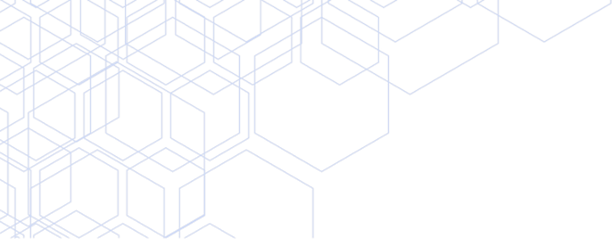- June 25, 2024
Telehealth vs. Remote Patient Monitoring: Understanding the Differences
In the rapidly evolving landscape of healthcare technology, Telehealth and Remote Patient Monitoring (RPM) have emerged as two powerful tools that are transforming how care is delivered. While both are often discussed together, they serve different purposes and offer unique benefits. This blog will explore the distinctions between Telehealth and RPM, helping you understand how each plays a vital role in modern healthcare.
What is Telehealth?
Telehealth is a broad term that encompasses the use of digital communication technologies to deliver healthcare services remotely. This can include video consultations, phone calls, and even text messaging between patients and healthcare providers. Telehealth is designed to provide convenient access to healthcare services, especially for those who may have difficulty visiting a healthcare facility in person.
Key Features of Telehealth:
● Real-Time Interaction: Telehealth enables live, synchronous communication between patients and healthcare providers. This is often used for consultations, follow-up visits, and even some types of therapy sessions.
● Wide Range of Services: Telehealth can be used for a variety of services, including primary care consultations, specialist referrals, mental health counseling, and even some diagnostic services.
● Convenience: One of the main advantages of Telehealth is the convenience it offers. Patients can receive care from the comfort of their homes, reducing the need for travel and waiting times.
What is Remote Patient Monitoring (RPM)?
Remote Patient Monitoring, on the other hand, involves the use of digital devices to collect and transmit patient data from outside the traditional healthcare setting to healthcare providers. This data can include vital signs, blood pressure, glucose levels, heart rate, and other health metrics. RPM is primarily used for continuous monitoring of patients with chronic conditions or those recovering from surgery, allowing for proactive management of their health.
Key Features of Remote Patient Monitoring:
● Continuous Monitoring: RPM provides continuous, real-time data on a patient’s health status, which can be critical for managing chronic diseases or monitoring recovery after surgery.
● Data Collection: Unlike Telehealth, which focuses on communication, RPM is centered around collecting and analyzing health data. Devices such as wearable sensors, glucometers, and blood pressure monitors are commonly used in RPM systems.
● Proactive Care: By enabling early detection of potential health issues, RPM allows healthcare providers to intervene before a condition worsens, reducing the need for emergency care or hospital readmissions.
Key Differences Between Telehealth and RPM
While both Telehealth and RPM utilize technology to improve healthcare delivery, they do so in different ways. Here are some key differences:
- Purpose and Functionality:
○ Telehealth: Primarily focuses on providing direct communication between patients and healthcare providers. It’s used for consultations, advice, and ongoing patient support.
○ RPM: Focuses on the continuous collection of patient health data. It’s used for monitoring chronic conditions, post-operative recovery, and preventive care.
- Type of Interaction:
○ Telehealth: Involves live, interactive sessions between patients and providers. It’s about real-time communication and decision-making.
○ RPM: Often works passively, with devices collecting data that healthcare providers review periodically. Interaction may only occur if the data indicates a problem.
- Technology and Tools:
○ Telehealth: Utilizes communication tools such as video conferencing software, phone systems, and messaging platforms.
○ RPM: Relies on medical devices and sensors that track specific health metrics, such as blood pressure monitors, glucose meters, and heart rate monitors.
- Patient Engagement:
○ Telehealth: Requires active participation from both patients and providers during consultations or therapy sessions.
○ RPM: Involves less active engagement from patients, as data is often collected automatically by devices. Patients are typically involved in reporting symptoms or performing self-checks.
- Application in Care:
○ Telehealth: Best suited for consultations, follow-ups, and providing access to care for patients in remote or underserved areas.
○ RPM: Ideal for ongoing management of chronic conditions, early detection of complications, and reducing hospital readmissions.
How Telehealth and RPM Complement Each Other
While Telehealth and RPM serve distinct purposes, they are often used together to provide comprehensive care. For example, a patient with heart disease might use RPM to continuously monitor their heart rate and blood pressure, with data being sent to their healthcare provider in real-time. If the RPM data shows an irregularity, the patient could then have a Telehealth consultation to discuss symptoms and receive immediate advice or adjustments to their treatment plan.
This integration of Telehealth and RPM enables a more holistic approach to patient care, ensuring that patients receive timely interventions and continuous support. It also allows healthcare providers to make more informed decisions, as they have access to real-time data and can communicate directly with patients as needed.
The Future of Telehealth and RPM
As technology continues to advance, the lines between Telehealth and RPM may become even more blurred. We can expect to see more integrated platforms that combine the communication features of Telehealth with the data collection capabilities of RPM. This will lead to even more personalized and efficient care, where patients are monitored continuously and can access their healthcare providers instantly when needed.
Moreover, the increased adoption of AI and machine learning in both Telehealth and RPM will enhance their capabilities, allowing for more accurate predictions, personalized treatment plans, and better health outcomes overall.
Conclusion
Telehealth and Remote Patient Monitoring are both vital components of the modern healthcare system, each offering unique benefits. Telehealth provides convenient access to healthcare services and facilitates real-time communication between patients and providers. RPM, on the other hand, focuses on continuous health monitoring and proactive care management. Understanding the differences between these two technologies allows healthcare providers and patients to make informed decisions about how best to use them in tandem, ultimately leading to better health outcomes and more efficient care.





